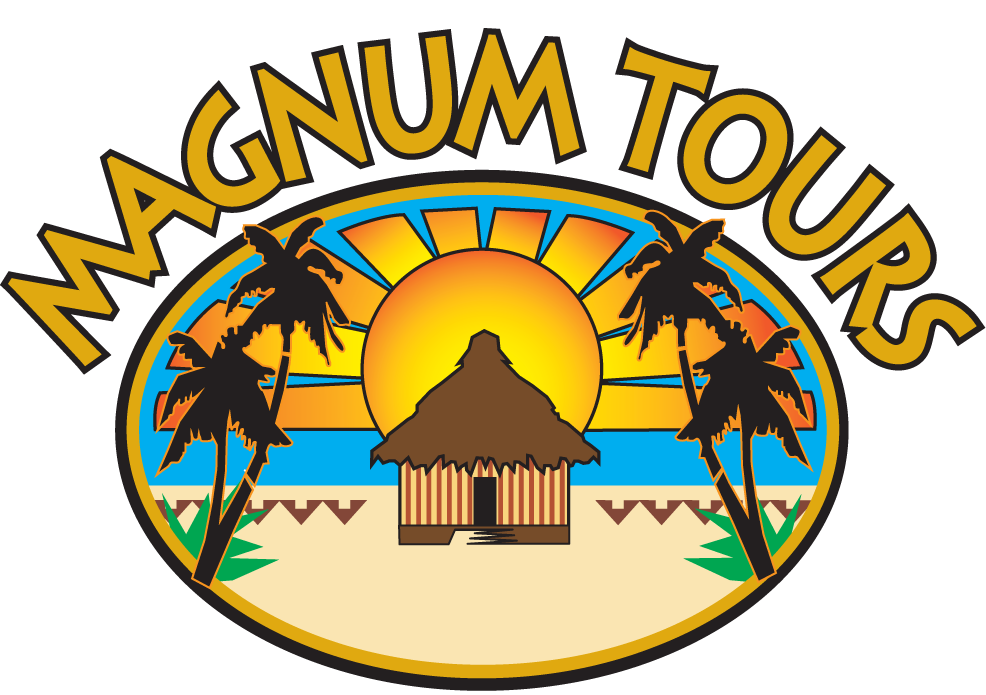Featuring the world’s second-largest barrier reef (the largest in the Western Hemisphere), divers and snorkelers can explore 185 miles of underwater life in these warm waters. Pristine diving and snorkeling conditions, some of them unexplored, in less crowded waters can be found here. Experience a variety of dives, including reef, gutters, walls and cayes. See large barrel and colorful tube sponges, eagle rays, brilliantly colored fish and more. The best opportunity for whale shark sightseeing, unique to southern Belize, is in April, May and June.
Hol Chan and Shark Ray Alley
A national park four miles southeast of San Pedro, Hol Chan features a natural break that gives rise to striking coral formations, fish and other marine life. Established in 1987, it’s the first reserve of its kind in Central America. After visit Shark Ray Alley, a shallow cut in the reef located to the south and to the inside of Hol Chan Marine Reserve, to swim with nurse sharks and southern stingrays.
The Blue Hole
The Blue Hole, the country’s most famous dive destination, is located in the center of Lighthouse Reef Atoll. Originally a cave, the roof fell in 10,000 years ago as the land receded into the sea. Almost circular, it measures 1,000 feet in diameter and plunges 410 feet. The former cave’s stalagmites and stalactites rate as some of the Blue Hole’s trademarks. Magnum Belize Tours can arrange day trips from most Belize resorts to experience this natural wonder.
Mexico Rocks
Another dive and snorkel site seven miles north of Ambergris Caye is Mexico Rocks. It’s rich with many varieties of patch head coral and numerous juvenile fish, making a colorful aquarium.
Bacalar Chico National Park
Located on the northern tip of Ambergris Caye, overlooking the Bay of Chetumal and Mexico, the Bacalar Chico National Park and Marine Preserve provides amazing dive opportunities.
South Water Caye Marine Preserve
This is one of Belize’s newest and largest marine preserves, stretching from north of Tobacco Caye to Carrie Bow Caye. There are abundant schools of fish, as fishing is banned. The pristine southern section of the barrier reef sees few divers and is typically a wall dive that is interspersed with sand channels and spur and groove sections. Often seen are turtles, moray eels, barracuda, large mackerel, eagle rays, southern sting rays, as well as several shark species. Typical dive sites include the Cathedral, South Cut, Carrie Bow Ridges, South Water Wall and The Abyss.
Laughing Bird Caye
An atoll inside the reef 13 miles southeast of Placencia, Laughing Bird Caye is one of Belize’s newest national parks. It was originally named after a large population of laughing gulls that returned each year to breed. This three-mile protected area yields excellent diving and snorkeling opportunities. There’s elkhorn coral mixed with staghorn and brain coral and beautiful fish.
Atolls
Three offshore atolls, Turneffe, Lighthouse and Glover’s Reef, contain some of Belize’s top dives. An atoll is a ringlike, coral island/reef that nearly or entirely encloses a lagoon.
Turneffe, located 25 miles east of Belize City, is the largest of Belize’s three atolls. It offers divers a variety of experiences, from drift dives to wall dives and creek dives. One of the favorite sites here is the “Elbow,” which includes a steep sloping drop-off as well as shallow reef and a wrecked ship.
Glover’s Reef, named for pirate John Glover, lies northeast of Placencia. It’s a circular necklace of coral reef surrounding an 80 – square-mile lagoon. It is the least dived and one of the most pristine sites in Belize.
Lighthouse Reef, home to the Blue Hole, is about 50 miles east of Belize City. At the southeast corner is the 45-acre Half Moon Caye Natural Monument, the first reserve to be established by the National Park Systems Act of 1981.
